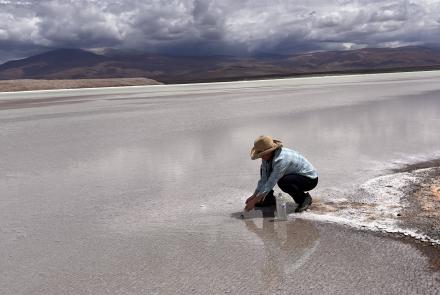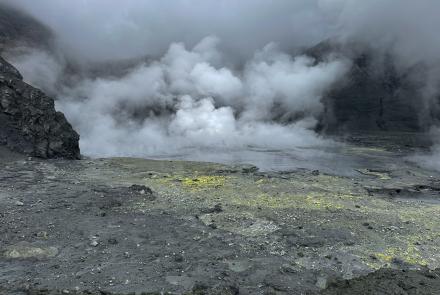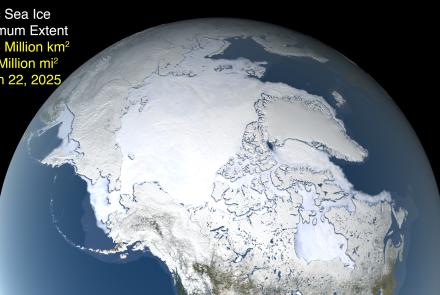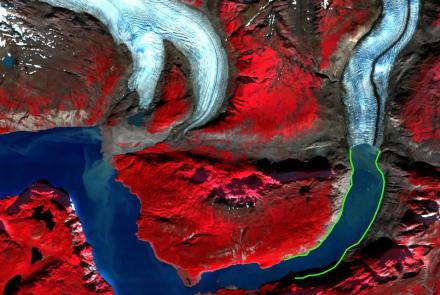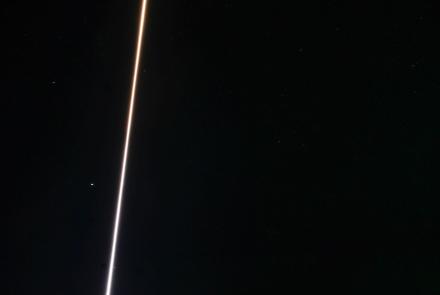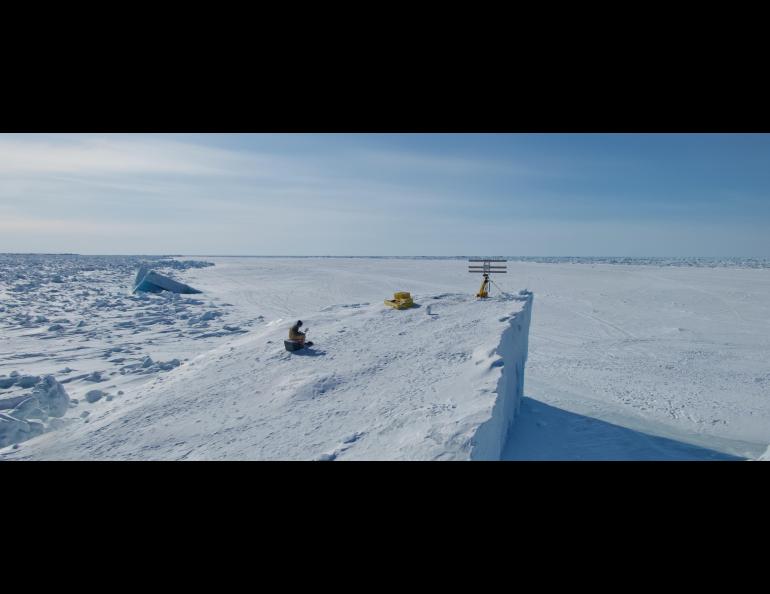
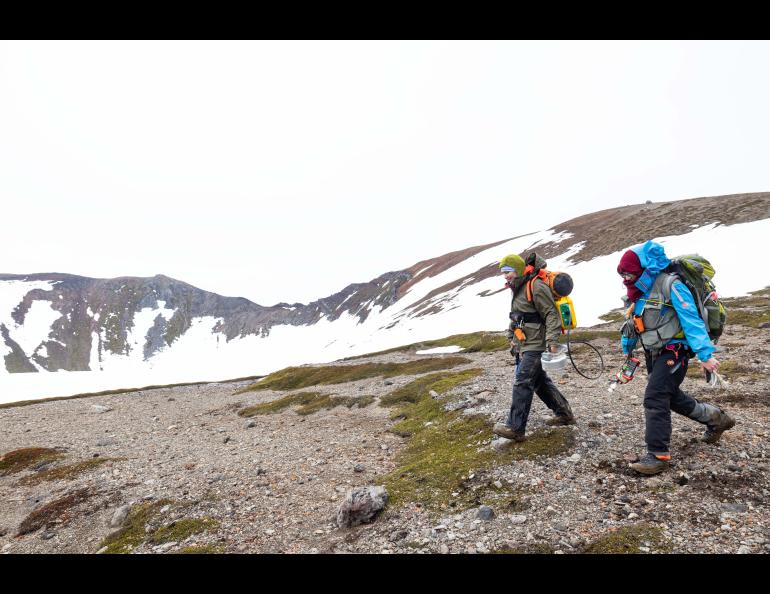
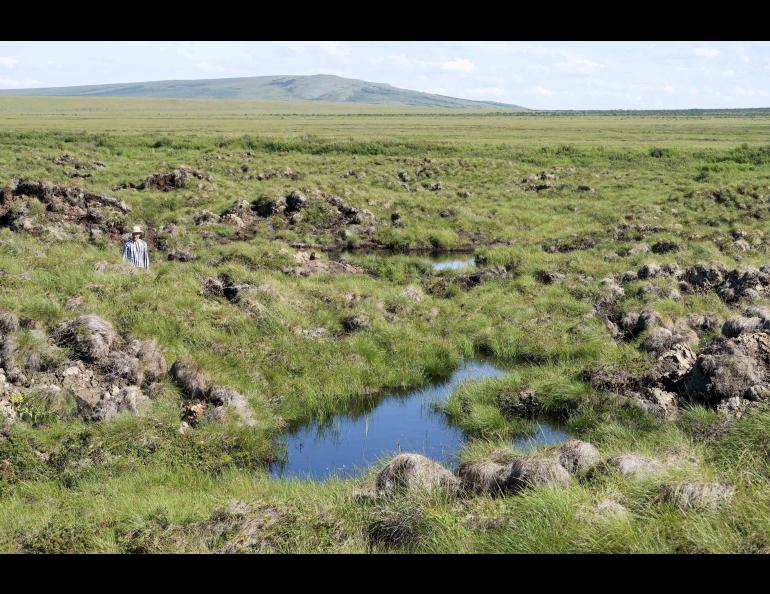
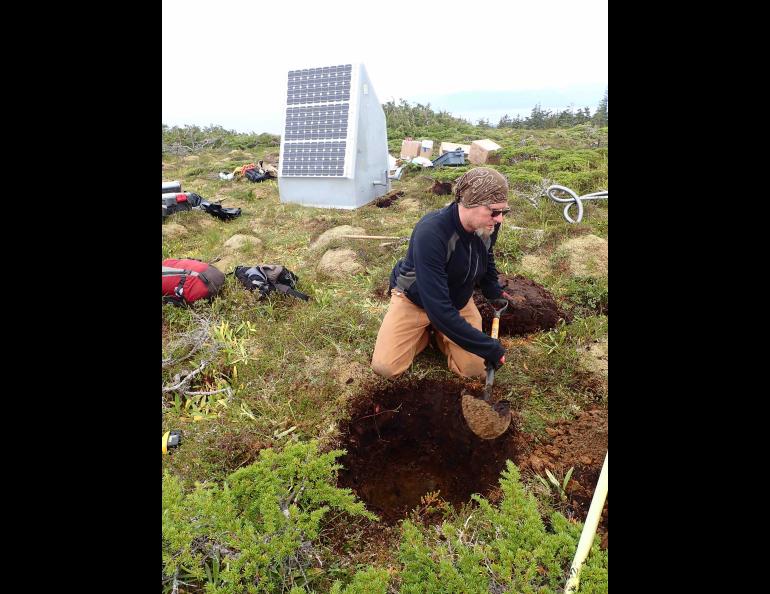
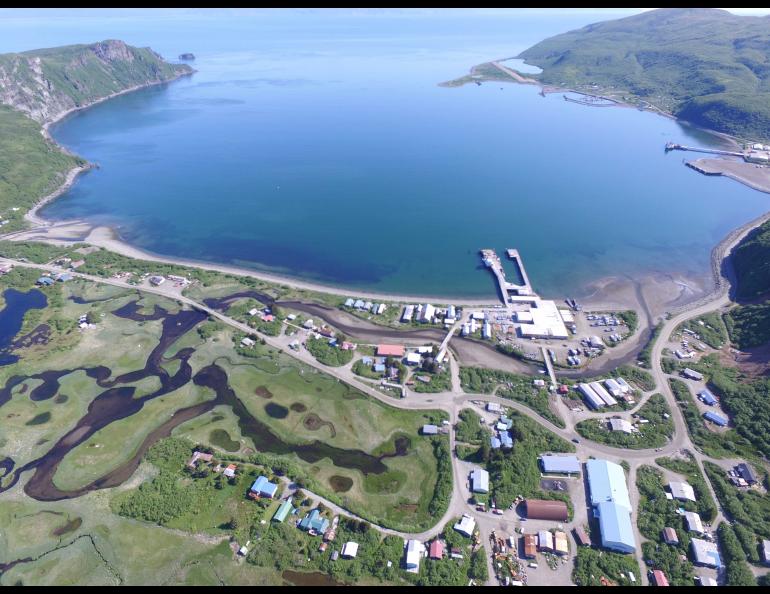

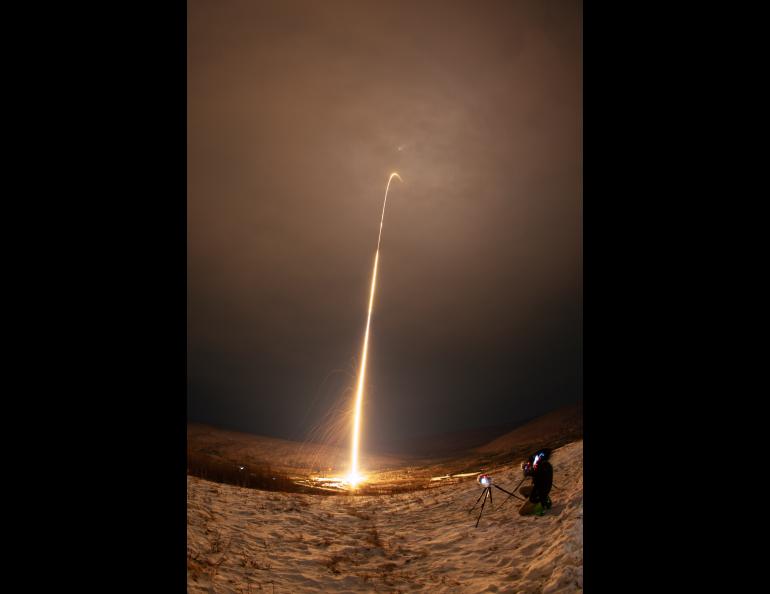
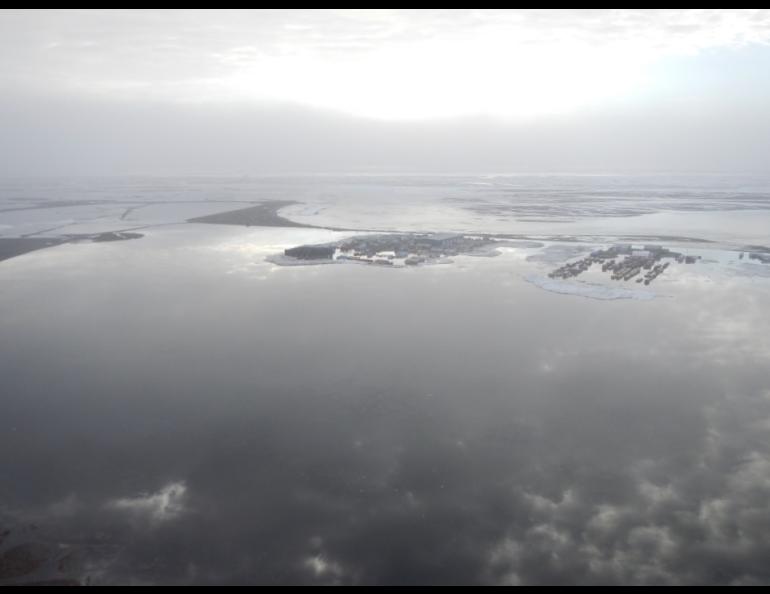


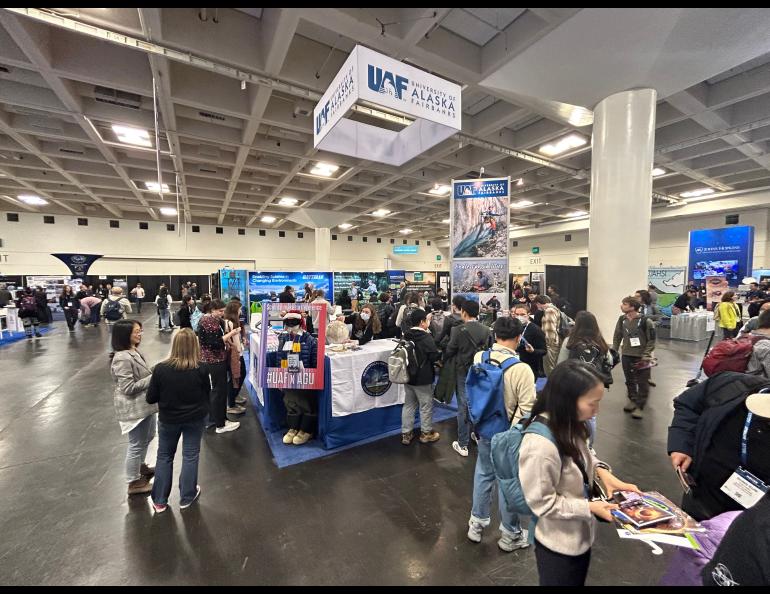
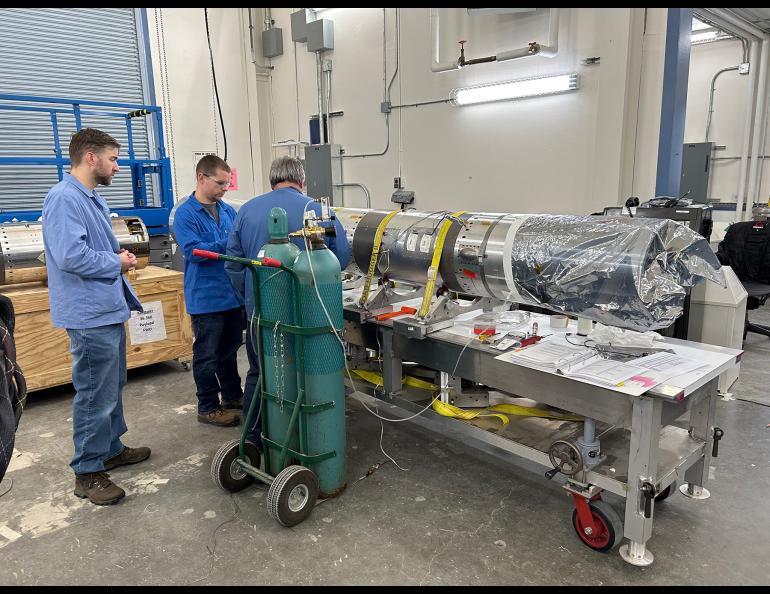
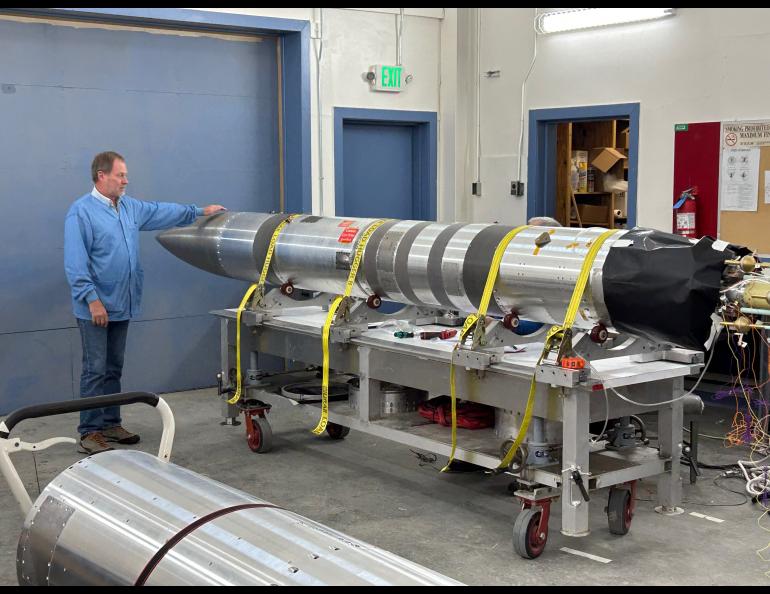


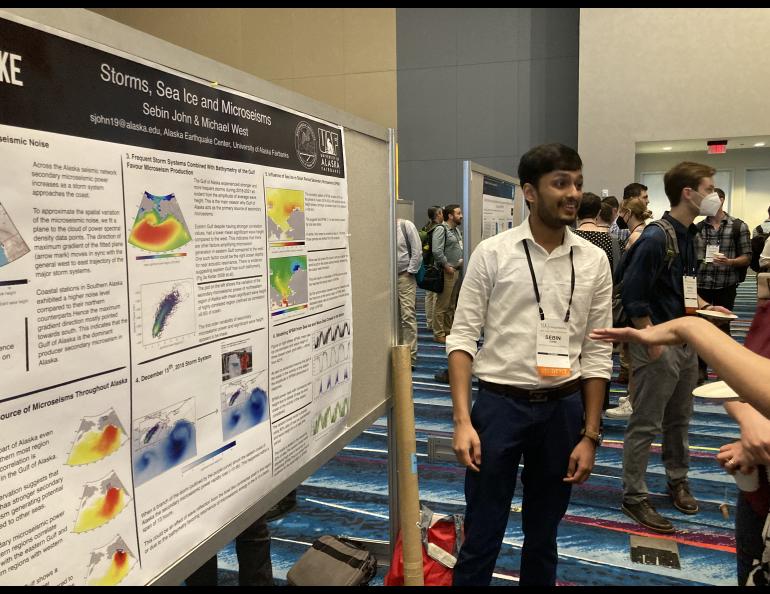

2023: A year of continued research leadership by the UAF Geophysical Institute
2023, like the years and decades before it, showed the strength and significance of the University of Alaska Fairbanks Geophysical Institute as a leader in research, especially in Arctic research.
Geophysical Institute scientists — research faculty, graduate students and undergrads — study permafrost, ice, snow, sea ice, the depths of the Arctic Ocean, coastal erosion, seismicity and volcanology of Alaska, tectonics, the Arctic atmosphere, the aurora and other aspects of near-Earth space. And more. The Geophysical Institute is particularly strong in climate change research.
The year 2023 had it all. Here’s a sampling of the year’s research:
Research explains strength of earthquake shaking in Nenana Basin
FAA grants wide authority to UAF unmanned aircraft center
UAF research contributes to progress on fusion energy
UAF researchers aiding NASA in developing Venus seismometer
New method of monitoring shore ice could improve public safety
Research reveals geologic history of critical Alaska graphite deposit
Paleomagnetism aids research on the Northern Hemisphere Glaciation
Geophysical Institute research on display at European science meeting
UAF researchers show work at Seismological Society of America meeting
Scientists find novel way to aid earthquake magnitude determination
UAF scientists to hunt for clues about Arctic Ocean glaciation
International science team explores gassing of Mt. Edgecumbe volcano
Research reveals sources of CO2 from Aleutian-Alaska Arc volcanoes
Polar Aeronomy and Radio Science Summer School returns to HAARP
New analysis finds real, though rare, tsunami threat to upper Cook Inlet
UAF scientists heading to Greenland for glacier research, museum project
New research explains “Atlantification” of the Arctic Ocean
Beaver activity in the Arctic increases emission of methane greenhouse gas
First seismic network installed on Mount Edgecumbe volcano
ACUASI completes first drone flight from Nenana to Fairbanks International Airport
Study: Near-surface permafrost will be nearly gone by 2100
New Mars gravity analysis improves understanding of possible ancient ocean
UAF-led group gets $13.9 million to aid coastal climate resilience
Flooding that closed Dalton Highway also caused widespread ground sinking
UAF scientist to aid NASA’s space weather forecasting
UAF scientists receive grant to improve study of rising sea levels
HAARP artificial airglow may be widely visible in Alaska
Two launches to mark start of Poker Flat rocket range season
First NASA rocket of season flies high out of Poker Flat Research Range
Second NASA sounding rocket launches from Poker Flat Research Range
More than 100 UAF researchers presenting work at national science conference
• Rod Boyce, University of Alaska Fairbanks Geophysical Institute, 907-474-7185, rcboyce@alaska.edu


















